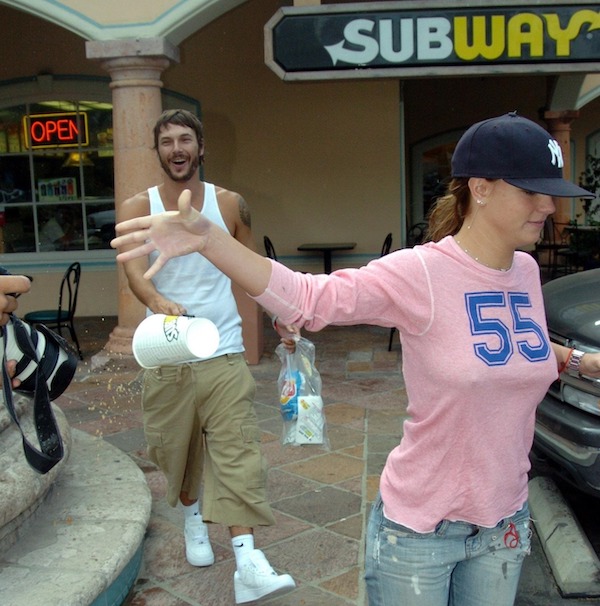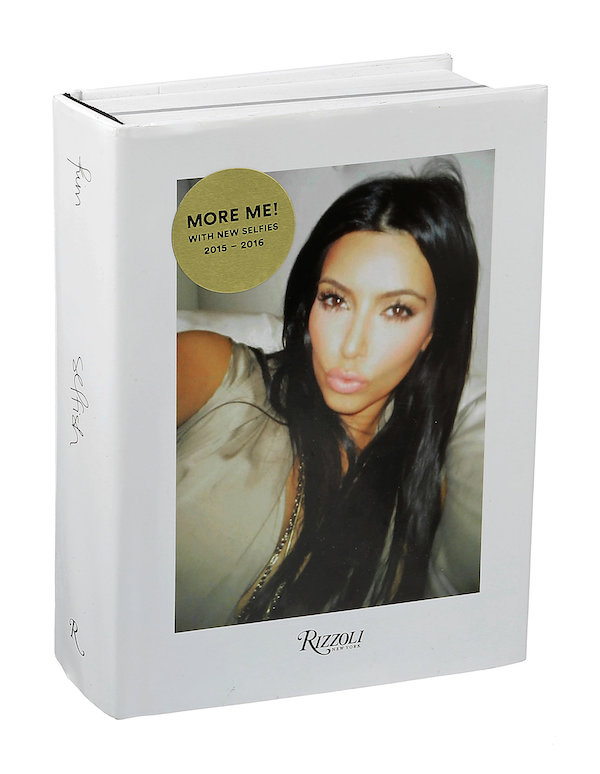If you were to ask what moment perfectly captured what it meant to be a celebrity, my mind immediately goes to the infamous picture of Britney Spears in 2007, with a freshly-shaven head. Her face is clearly angry, and the paparazzi capture her during a moment where she looks like she’s about to hit a car with an umbrella. Unfortunately, ‘2007 Britney’ not only turned into a motivational icon of resilience for everyone, this publicly-documented crisis has come to characterise the celebrity culture of the 2000s.

In 1999, David Kamp called the then-upcoming decade the ‘Tabloid Decade’, referring to the heightened sensationalism and relentlessness of tabloids to “go where the stink is.” Kamp predicted back then that ‘tabloidification’ would result in the blurring of “distinctions between news and entertainment, between gossip and reporting.” Before the advent of social media, tabloids provided some of the only insight into understanding celebrity –even if they were based on rumour-mongering and hearsay.
The Instagram account and blog pop culture died in 2009 has preserved some of these relics of culture; an archive of paparazzi photos, magazine covers and snippets. The tabloids tried to ‘catch out’ stars at their worst moments, reflecting a key feature of the tabloid’s golden era: they “legitimised and rewarded atrocious behaviour.”

A picture tells a thousand words, and the success of the tabloids could wholly be attributed to the relentless paparazzi culture of the 2000s. The paparazzi acted as the link between celebrity and ordinary folk – the very premise of candid, caught-off-guard moments were particularly appealing in contrast to highly manufactured press interviews or public appearances.
A defining feature of the 2000s tabloid is the ‘Just Like Us’ pictures, where paparazzi would capture celebrities doing mundane tasks like eating at a café or doing their grocery shopping. In the ‘gold rush’ years of paparazzi, such pictures would be sold anywhere from $5,000 to $15,000, with a ‘Stars – They’re Just Like Us!’ spread in almost every issue of the top tabloids. People craved to relate to celebrities just as much as they loved watching them act, sing and perform.

It was this distance between us and the ‘rich and famous’ that shaped the celebrity culture of the 2000s: our desire to understand them evolved into a moral spectacle, where tabloids and readers got to decide who was good and bad, and what was right or wrong.
For a generation unfamiliar with the shenanigans of Lindsay and Britney, perhaps the likes of Kim Kardashian best represent what it means to be a celebrity today. Despite running in the same circles as the infamous trouble-makers of mid-2000s Hollywood (yes, she was friends with Paris and Co.), she has undoubtedly pioneered a new age of celebrity, one defined by self-image and brand control.
Instagram launched in 2010, and although Facebook and Twitter were already around by then, Instagram felt personal, and following wasn’t based on real-life networks, lending itself well to the celebrity-fan dynamic. The rise of social media, coupled with the global financial crisis and the inevitable meltdowns of major stars of the 2000s, effectively rendered the paparazzi useless.

Whether we like to admit it or not, the Kardashians were among the first celebrities to pioneer Instagram as a brand-building tool. In the early years, they managed to balance having a distinct personal image – Kim’s selfies in 2012 or Kylie’s green-tipped hair in 2014 – with promotional sponsored posts. As these celebrities bega carefully curating their content according to how they wanted to be perceived, we stopped trying to catch them out, and instead, wanted to emulate them, or at least, continue spectating. Unlike the stars before her, you don’t see paparazzi pictures of Kim Kardashian stumbling out of a club drunk.
In fact, Kadarshian once utilised the paparazzi to unknowingly shoot a fashion campaign for her – in a move that was dubbed ‘weirdly genius’ by the fashion community, Kim debuted her husband Kanye West’s Yeezy Season 6 by wearing pieces from the collection and relying on paparazzi to get photos of her outfits. This stunt exemplifies the celebrity culture of today, a complete reliance and “fetishisation of control”, as Amanda Hess says for the New York Times. Over ten years ago, fame was based on scandal and unpredictability. Today, it is based on the complete opposite.
So, where is Celebrity headed over the next few years? We already know that social media has led to the rise of the ‘Influencer’ – the premise of ‘branding’ also applied to ordinary people, allowing them to gain a following of their own. Instead of the celebrity-fan dynamic, there is now the Influencer and the influenced. By 2022, it is projected that brands will spend $15 billion on Influencer marketing.
However, Influencer fatigue – the decreasing efficacy of Influencer’s ability to influence their audience – is setting in. Not only are we experiencing an over-saturation of the Influencer market, Influencers are starting to bombard their followers with sponsored posts and content. In 2019, sponsored posts increased by 39% , compared to the number in 2018. Audiences want authenticity and honesty – many have stopped trusting the opinion of Influencers and perceive promotional posts as a ‘money grab’, rather than someone providing a genuine recommendation. It’s not unlikely that we’ll see a restructure of the Influencer strategy in the upcoming years, and perhaps, even abandon the idea of controlling one’s brand and image.
The concept of Celebrity has always remained, but has mutated and evolved over the years. Whilst the celebrity culture of the 2000s was highly problematic – based on vilification, invasions of privacy and preying on the downfall of women in particular – there was no doubt that it was authentic. Perhaps future notions of Celebrity will combine the authenticity of the 2000s with the means of curated self-expression of today.
Subscribe to FIB’s Weekly Alchemy Report for your weekly dose of music, fashion and pop culture news!







